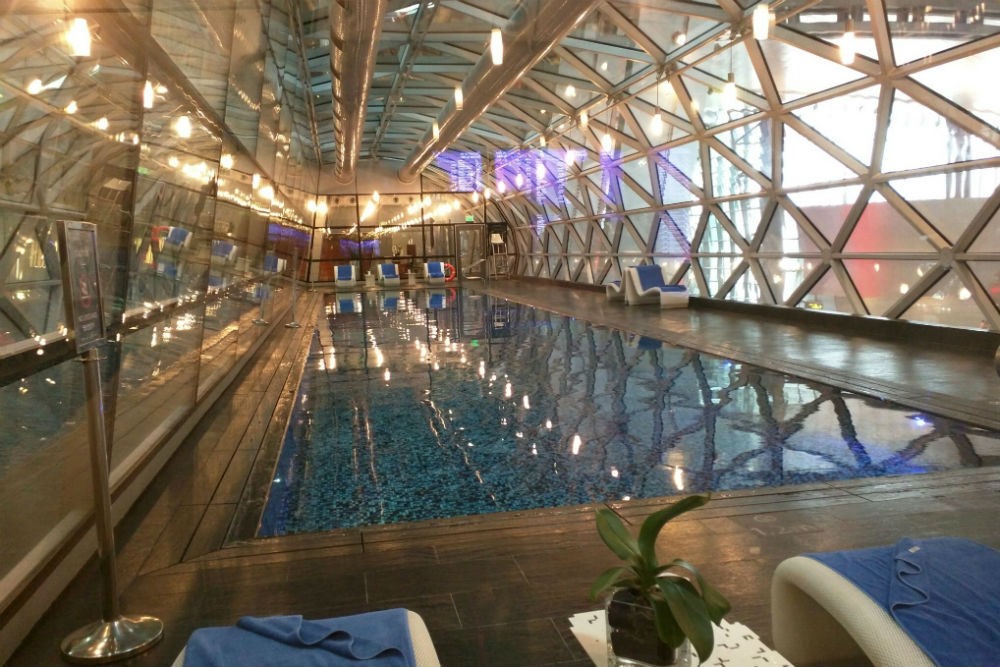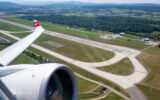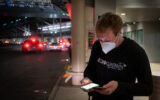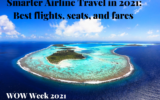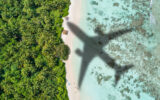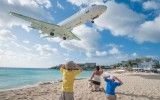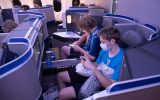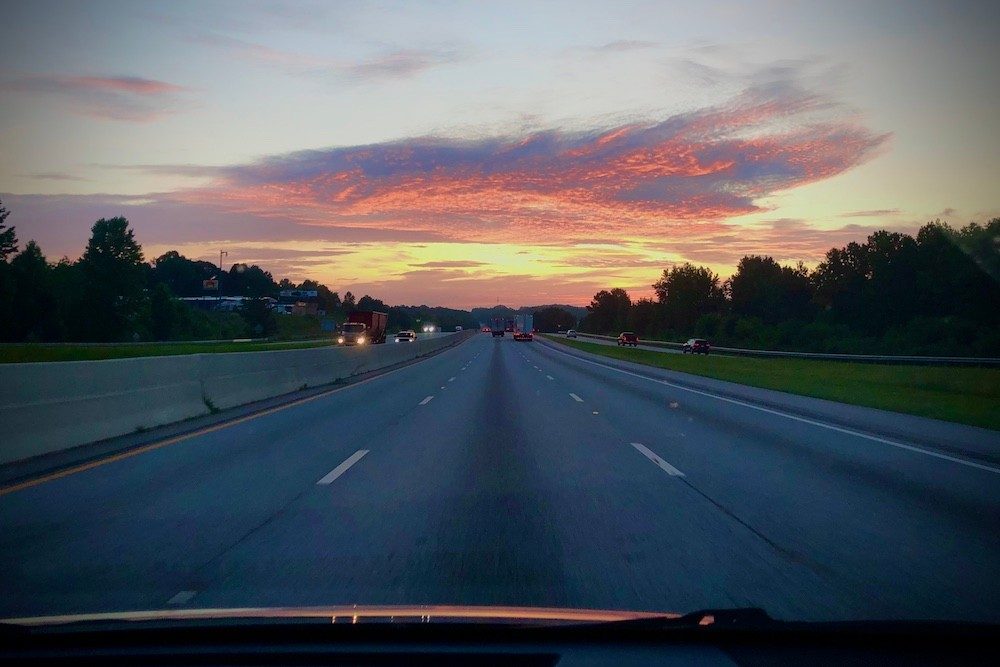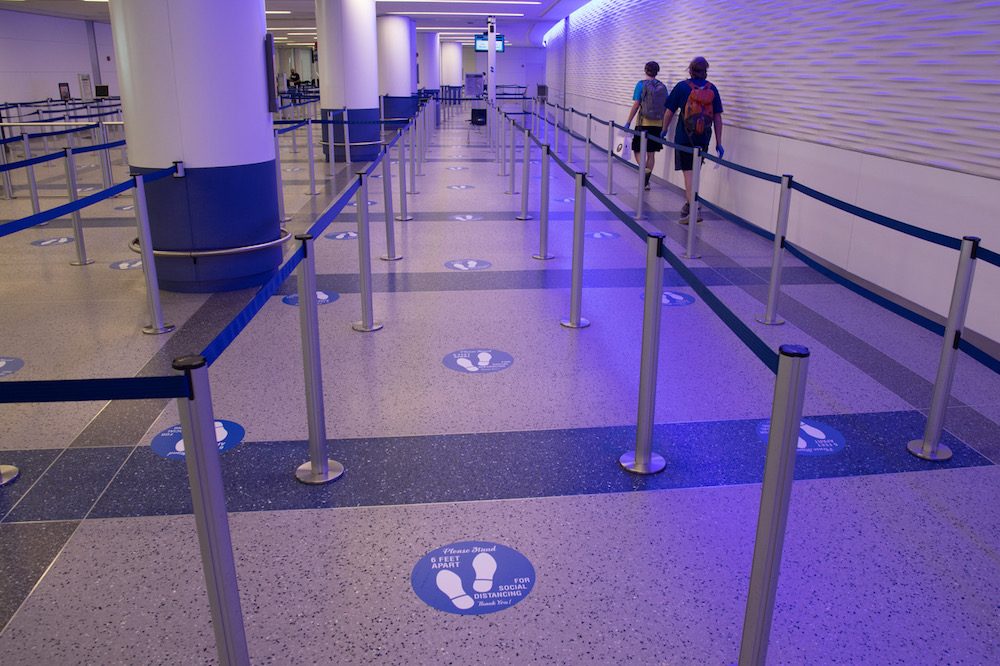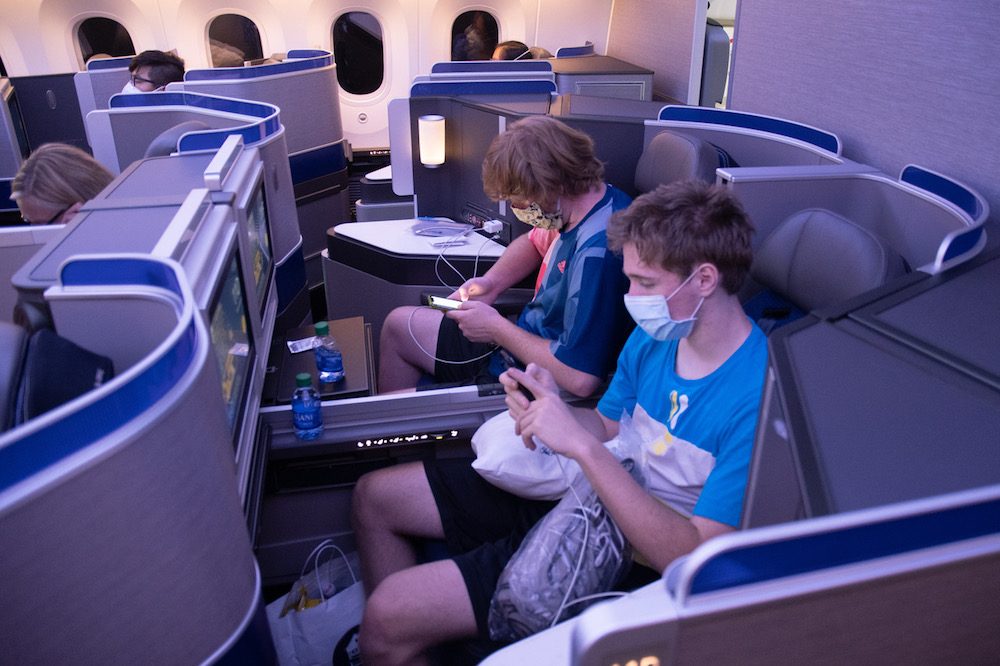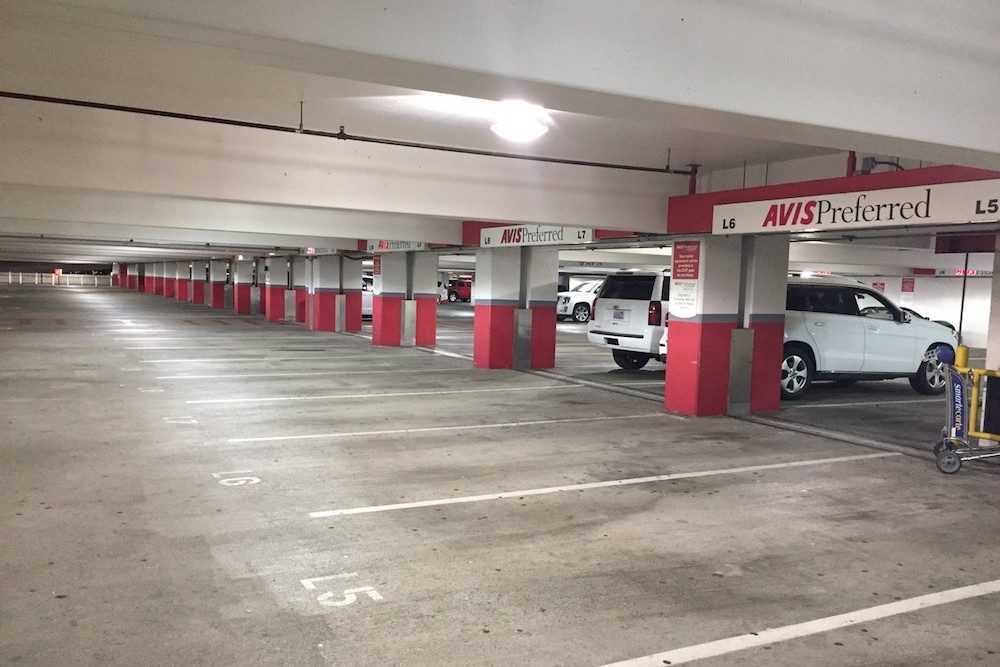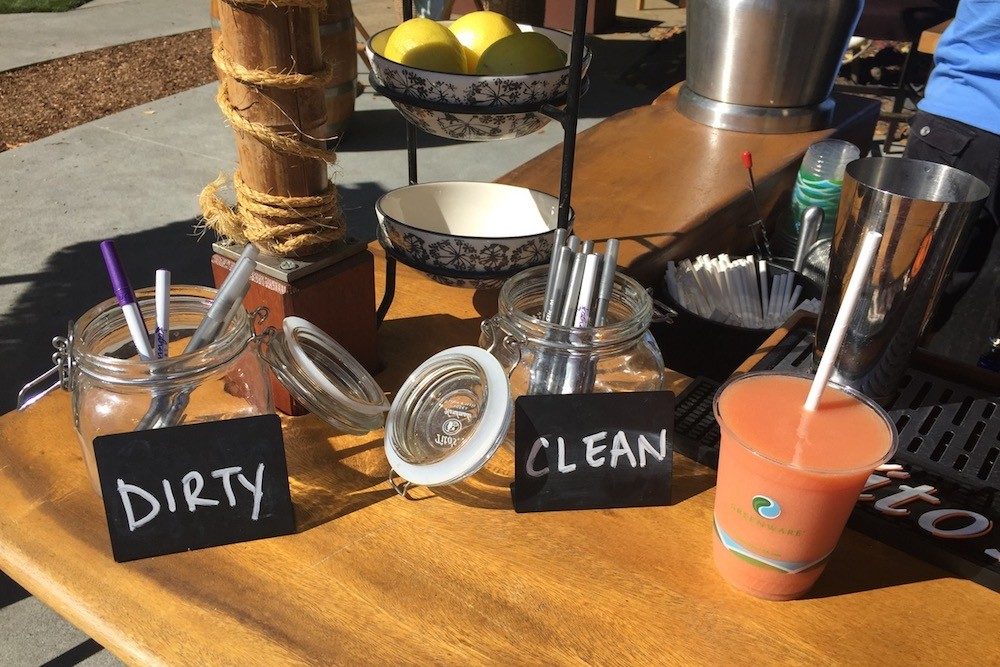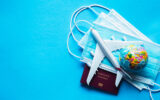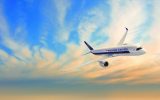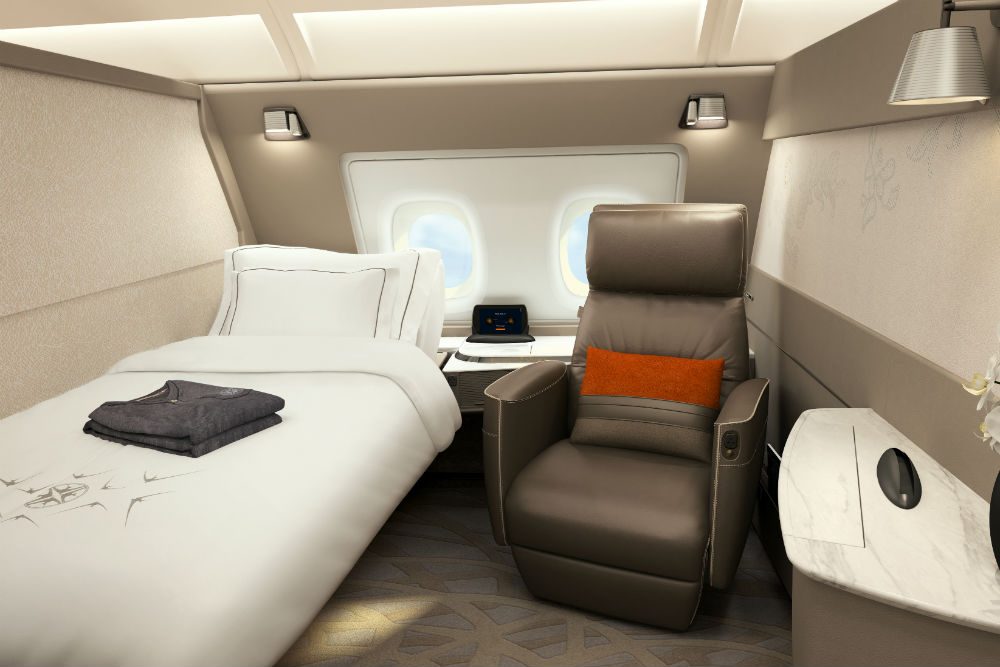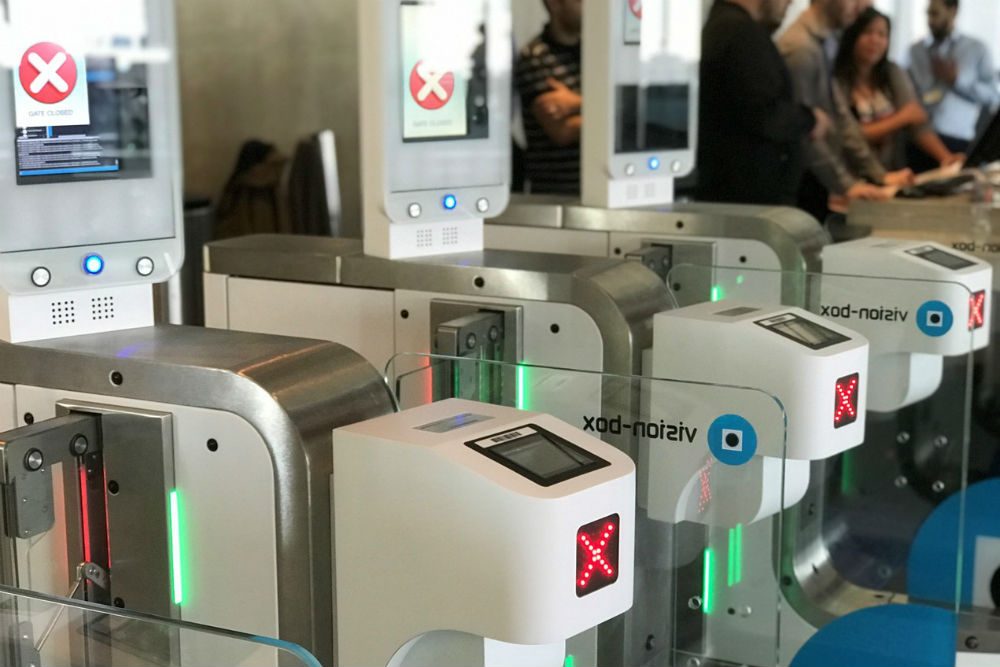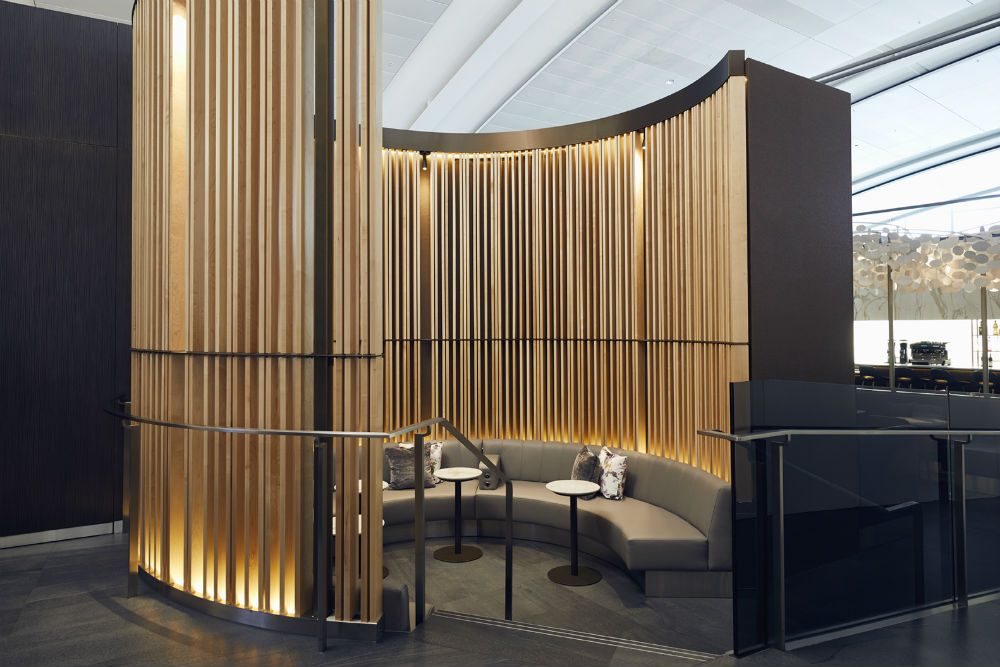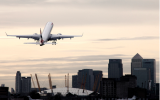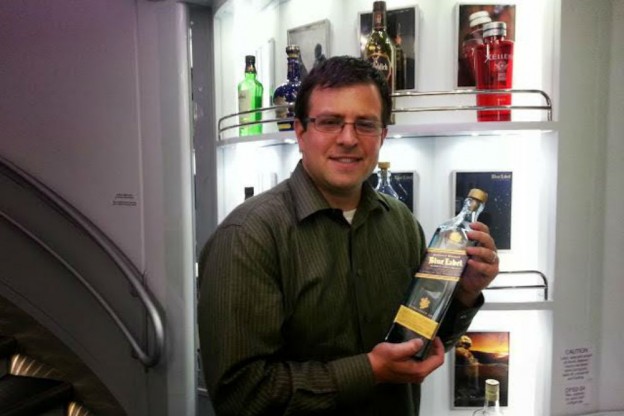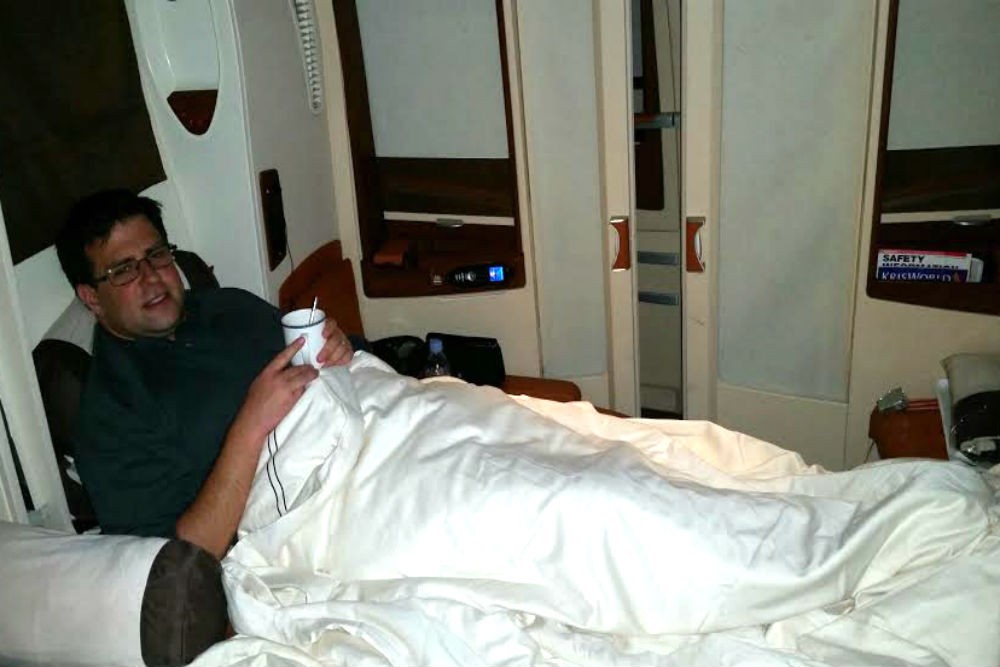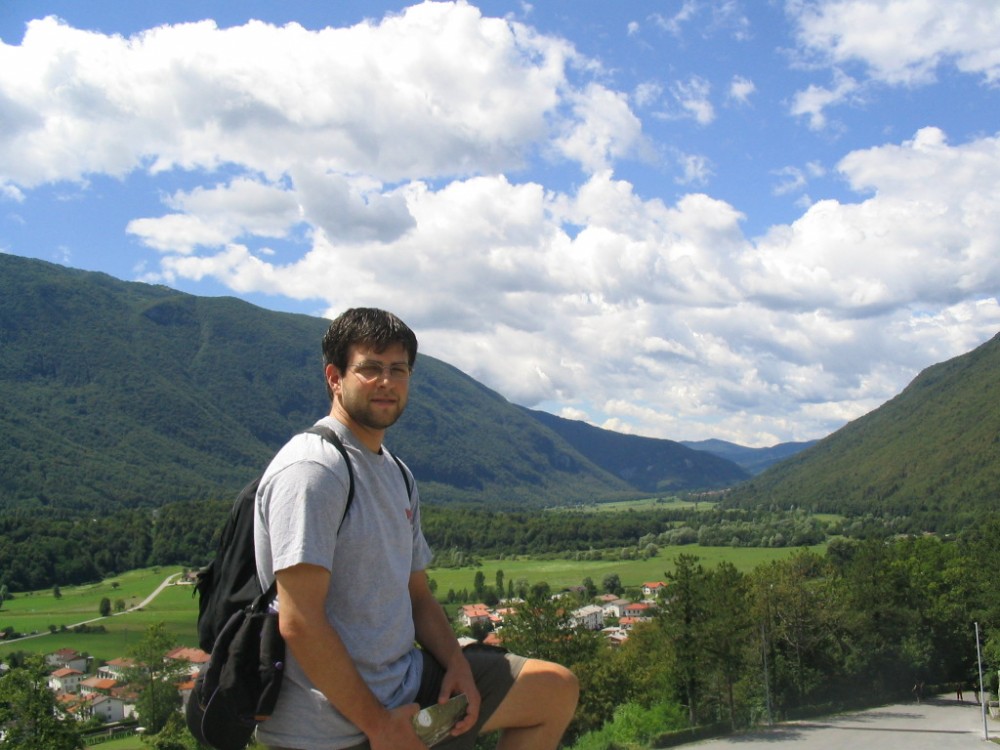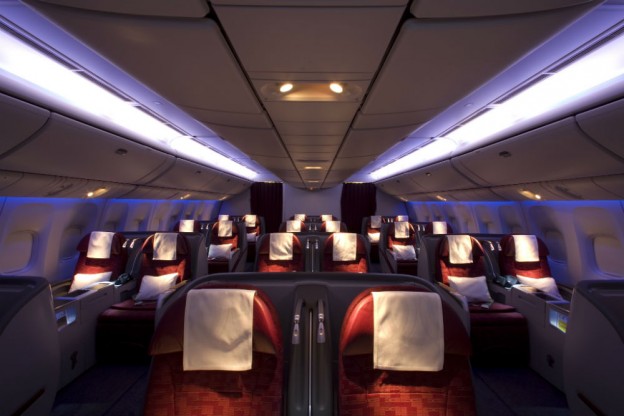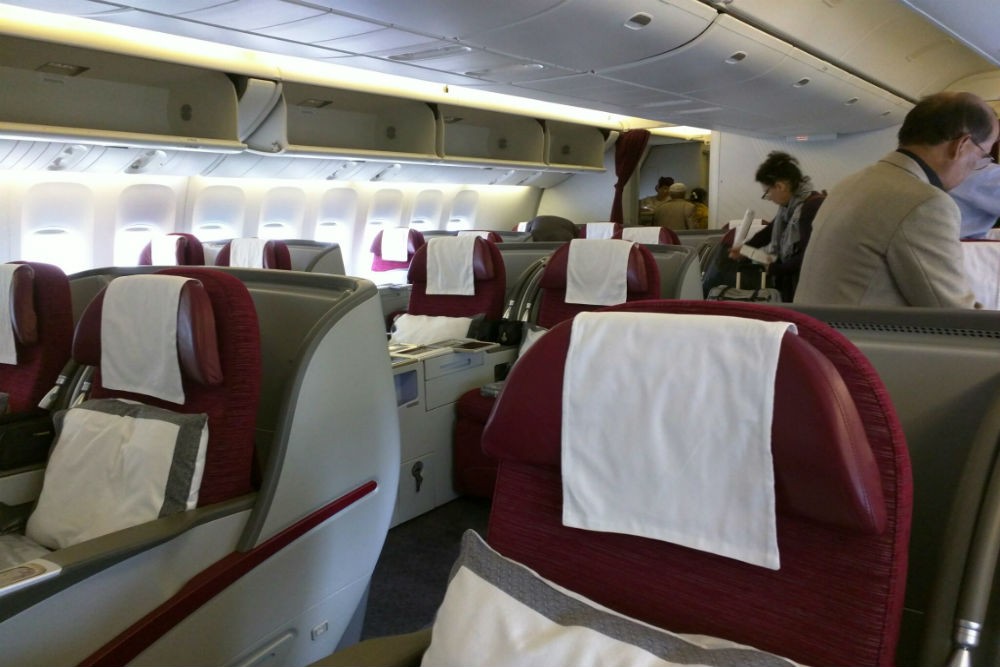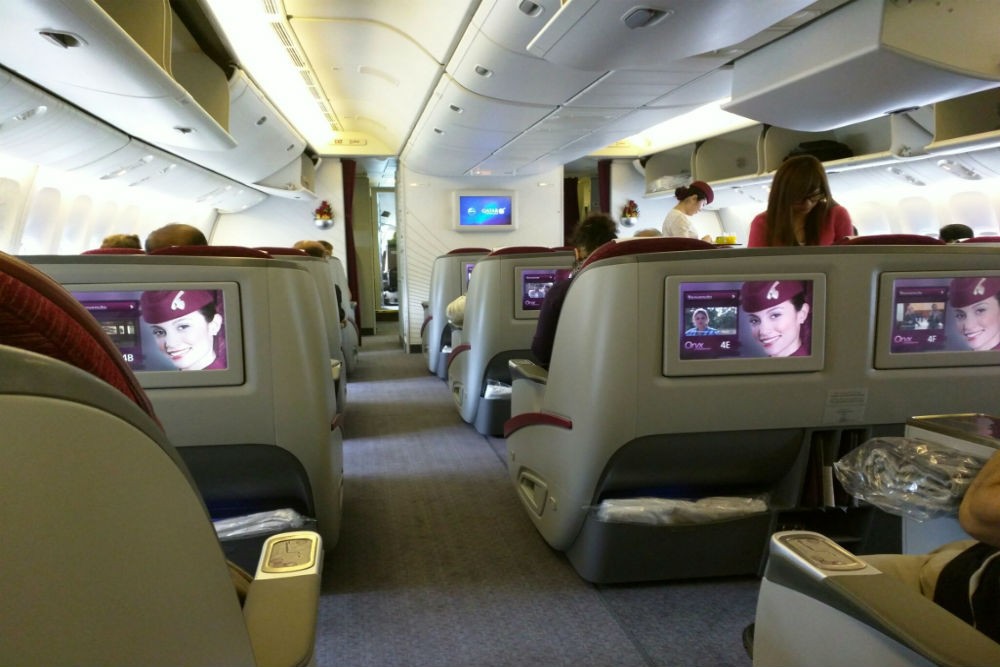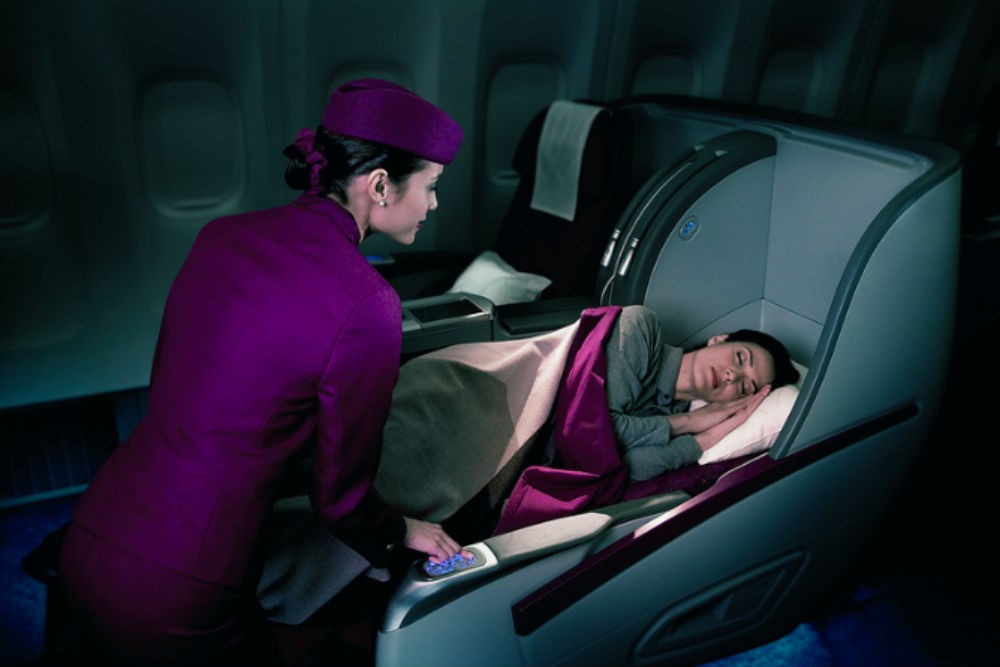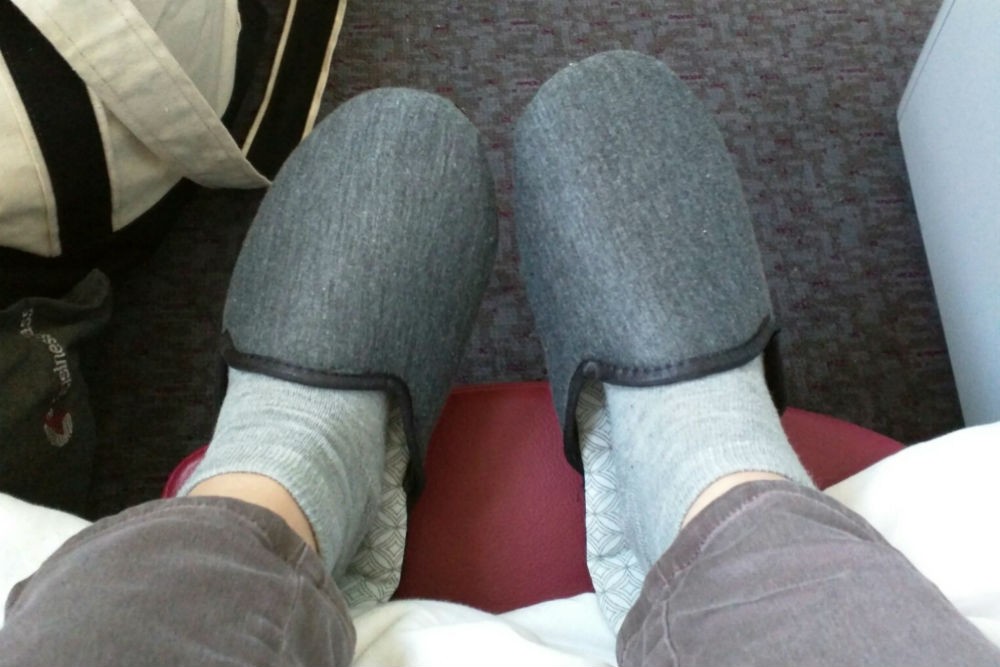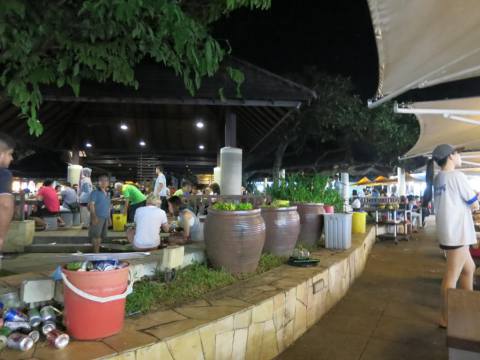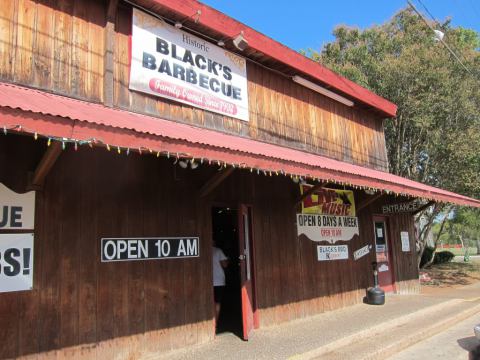Now that some countries are reopening to U.S. travelers, and require international flights to get there, we’ve asked health experts to outline the most important steps travelers can take to limit their chances of contracting or spreading the coronavirus when they fly.
Starting with how you transport yourself to the airport, and ending with how you exit it at your destination, there are many tricky touch points to plan for. One factor in your favor, though, is that you’re not likely to encounter crowds at the airport or on the plane right away. According to Airlines for America, the trade association and lobby group for the U.S. airline industry, U.S. airline passenger volumes are down nearly 90%, and the TSA is screening 88% fewer travelers compared to this time last year.
That could change with time, however: Your airport could see a wave of restless travelers, or your particular flight may be the unexpectedly popular one. So it’s smart to be prepared.
Making the decision to fly
First, we want to be clear that the CDC and the U.S. State Department are still advising Americans to avoid all nonessential international travel. The CDC has this advice about the risks of contracting COVID-19 when traveling by planes specifically: “Air travel requires spending time in security lines and airport terminals, which can bring you in close contact with other people and frequently touched surfaces.” It also notes the difficulty of social distancing. So thinking carefully about whether to even take a trip is your first line of protection.
“The decision is important,” says Dr. Petra Illig, an aerospace-medicine physician based in Anchorage, Alaska. Dr. Illig was a CDC quarantine medical officer during the Ebola, H1N1, and MERS outbreaks, worked as regional medical director for major airlines, and currently serves as secretary of the International Airline Medical Association. “You have to decide: Do I really need to make this trip and are there other alternatives?” If the answer is yes, you do need to make the trip, then plan for potential pitfalls, like getting stuck at your destination, requiring hospitalization there, needing prescription refills, or not being allowed in when you come back home. Consider your contingency options and make sure you have all the necessary items with you in your carry-on: not just your medications (and enough to last in case you do get stuck), but also information about your medical status, physicians, allergies, insurance, and an emergency contact. “Plan for not coming back when you want to,” she says.
Getting to/from the airport
The best way to minimize your risk of exposure is to drive yourself to the airport and park there, says Dr. Krutika Kuppalli, an infectious diseases physician based in California who also serves as vice chair of the Infectious Disease Society of America’s Global Health Committee and who served as medical director of an Ebola treatment center in Sierra Leone during the 2014 outbreak. “The next best option would be to see if someone you know (preferably someone that you live with and have been around frequently—i.e. someone in your bubble) can drive you. Even if you do this, I would recommend wearing masks and practicing good hand hygiene, since being in the car is an enclosed space that potentially places you at risk.” If you have to take an Uber, Lyft, or taxi, she recommends “wearing a mask, using good hand hygiene, and if possible having the windows down for air circulation.”
Checking in
Check in online whenever possible so that you don’t have to interact with any people or touch any kiosk screens. The same goes for checking luggage: Try not to.
When you do have to check in at the airport, be conscious of the things you touch and that other people have touched. “At the counter, don’t give your ID to the person: Try to handle it yourself,” says Dr. Illig. “Same with credit cards—try not to let people hold your card.” If you have to use a kiosk screen, wipe it down first, and then wipe your hands (or gloves) right after. “I already have my gloves on when I’m going into a place where I have to handle things,” she continues, “because I find it a lot easier to sanitize my hands if I’m wearing gloves rather than constantly washing my hands, which you can’t always do. I can vigorously use Lysol wipes on the gloves.”
Dr. Illig’s trick: Keep a Ziploc bag of wipes with you at all times. “But make sure it’s well sealed,” she cautions, “because the alcohol on them will evaporate quicker than the water in them. Just because the wipe is wet doesn’t mean it’s effective.”
TSA screening/baggage handling
Since you’ll be interacting with people, Dr. Kuppalli advises wearing a mask when you go through TSA screening. “Going through the Whole Body Image scanner should not pose any additional risk to people,” she adds. “However, if the screener has to do a pat-down or any additional screening, they may get close to you. The best thing you can do is protect yourself with your mask, and you have the right to ask the agent to wear clean fresh gloves and to wear a mask.”
What about all those shared surfaces you’ll have to put your bags on—conveyor belts, screening bins, and, at the other end of your journey, baggage-claim carousels? How much should we stress about those? “I wouldn’t worry about it,” says Dr. Illig. “You’re not going to lick your bag, so even if it comes into contact with something, it’s unlikely it will have enough particles attached to the handles of your bag [to transfer if you] pick it up and then touch your nose.” She explains that while we’ve all heard the reports about how the virus can be detected on certain surfaces for hours or days, that detection does not necessarily mean the virus is alive. “The testing we do now is for the genetic fingerprint of that virus on the surface. That doesn’t mean the virus was alive or can be infectious; it just means the RNA is still evident but the virus is most likely not capable of infecting a living cell. Plus it requires a certain amount of virus [to start an infection].”
Still, Dr. Kuppalli says she usually wipes down the outside of her bags after going through security, and then she washes her hands—because when touching luggage, that should be your main concern. “The most important thing to remember is that after handling your items, your hands will be dirty, so you don’t want to touch your mask, mouth, eyes, or nose,” she explains. “You want to make sure to clean your hands with hand sanitizer or soap/water first. As long as you do that, you will be fine.” And remember: The TSA now allows you to bring 12 ounces of hand sanitizer in your carry-on, so don’t be stingy.
Waiting in the airport
The time when you’re waiting in the airport for your flight to take off seems riddled with traps. Should you avoid hanging around the gate? Is it safe to buy snacks or drinks? And what about using the bathrooms?
“I would avoid the crowded gate and food courts,” says Dr. Kuppalli. Instead, she suggests looking for an empty gate close to yours and camping out there until it’s time to board. She adds that buying food or drinks is probably fine, but be sure to wash or sanitize your hands before you eat anything.
“The place I get most nervous are the bathrooms: There you have to be ultra cautious,” says Dr. Illig, who suggests looking for one that’s not crowded and getting in and out as quickly as possible. “You want to think about everything you might touch, and try not to touch it.”
Dr. Kuppalli agrees: “The main concern are the high-touch surfaces that may not be cleaned as often or as well as one would hope. Wash your hands completely with soap and water for at least 20 seconds while scrubbing between the webs of fingers, under nails, and on both sides of hands.”
On the airplane
Let’s clear up a common myth first: The air on a plane is not a big cloud of germs; it’s not what makes people sick. U.S. airlines use HEPA filtration systems to generate hospital-quality air, and that air is cycled so frequently that infection risk is low.
“According to the WHO, research shows there is little risk of any infectious disease being transmitted onboard an aircraft because the aircraft cabin air is carefully controlled. Ventilation provides a total change of air 20 to 30 times per hour,” says Dr. Kuppalli. Even the CDC is trying to set the record straight with this information on its page about air travel: “Most viruses and other germs do not spread easily on flights because of how air circulates and is filtered on airplanes.”
In a recent essay for the Washington Post, Joseph Allen, an assistant professor of exposure assessment science at the Harvard T.H. Chan School of Public Health, explained that airplanes are rarely the source of disease outbreaks. He pointed to a study on the risk of infection posed by a person with tuberculosis to 169 other passengers. The answer: between 1 in 10,000 to 1 in a million. And that’s without everyone wearing masks.
Nevertheless, the airline industry is still trying to better understand how coronavirus and other pathogens behave in cabin air—and what they can do about it. As reported by The Wall Street Journal, Boeing and Airbus have started conversations with the FAA, the CDC, and a few universities to figure out and address in-flight risk factors. Those discussions could lead to academic research grants and studies that would inform the way airplanes are designed, maintained, and ventilated.
In the meantime, the air nozzle above your airline seat blasts purified air, so turn it on and position it toward you throughout your flight.
Other passengers
The air is not the problem. People are. “The greatest risk is really your distance to the next passenger,” says Dr. Illig.
Airlines are attempting to address that problem. Members of Airlines for America (A4A)—which include Delta, JetBlue, American, United, Southwest, Hawaiian, and Alaskan airlines, and which require passengers and staff to wear masks all the way through from check-in to de-planing—are trying out tactics such as back-to-front boarding, staggering passengers, and not selling middle seats. (Update: Several airlines have recently announced they’ll end this policy and sell planes to full capacity, including American, United, Spirt, Air Canada, and WestJet). Still, as Dr. Illig points out, even if the middle seat next to you is open, you’re still not a full six feet from the person in front of or behind you. “Therefore, it’s even more important to have everyone wearing a mask,” she says.
At this point, though, so few people are flying that crowded planes are unlikely to be an issue. If you feel uncomfortable because you’re seated close to another passenger, talk to the flight attendant about switching. If the passenger count is very low, the flight attendants might have to strategically space out the seating arrangements to keep the plane balanced (this happened on my own last flight, back in March).
There are reports that suggest that choosing a window seat provides a little extra safety, because it limits the number of people surrounding you. Window passengers are also less likely to get up during the flight to go to the bathroom or walk the aisle—times when you’d be exposing yourself to other people’s germs.
Wendy has been hearing from travelers who’ve decided to splurge on business- or first-class seats in order to reduce the number of passengers within their six-foot radius. They’ve assigned themselves window seats in order to reduce contact with people passing through the aisles (their specific airlines have blocked off the aisle seats next to them for now). These travelers have also assigned themselves seats in the last row of the upfront cabin, figuring that if other passengers in the cabin sneeze or cough, they’d rather be sitting behind those passengers than in front of them. Plus, in the last row (or the first), there are fewer people seated close to you.
Your seat area
Airlines are already upping their hygiene efforts (for example, member airlines of A4A are using electrostatic foggers for sanitization), but it’s a good idea to wipe down your seat area anyway: buckles and seatbelts, trays, screens, windows and window shades, armrests, overhead lights and fans, call buttons, and the overhead bin.
“I would mostly recommend that passengers do the things we have been recommending since the outset of the pandemic,,” says Dr. Kuppalli, “wear their masks on board so in case they are sick they don’t spread their infectious droplets to others; if possible, maintain their distance from others; wipe down their seats, seat buckles, tray tables and other surrounding high-touch surfaces with disinfectant wipes prior to takeoff; and use hand sanitizer before eating/drinking or touching their face mask.”
The bathroom
If it’s a long flight, you might have to face your biggest challenge yet: the tiny airplane lavatory. “The bathroom is definitely a place of concern just because it is a small, confined space,” says Dr. Kuppalli. “As the flight goes on, I would be increasingly concerned about it.” She and Dr. Illig have the same advice: Exercise caution, don’t touch anything you don’t have to touch, and wash your hands. “Whatever you touch is possibly contaminated, so I would wear gloves,” says Dr. Illig. “And if you can’t [use gloves], use a towel or something to touch any surface. Then after you leave the bathroom, don’t touch your face, and when you get to your seat, decontaminate your hands whether you’re wearing gloves or not.”
Arriving and exiting the destination airport
Depending on where you’ve traveled to, you might have to navigate passport control, customs, and baggage claim when you land. Follow the same precautions as you did when you departed from your home airport: Wear a mask, wear gloves, limit your interactions with people and shared items, maintain social distance (maybe wait for the impatient crowd around the baggage carousel to dissipate before you grab your bag), don’t touch your face, and—as always—wash your hands.
“I wish I had some cool secret or magic, but it’s just sticking with a pattern,” says Dr. Illig. “The problem is when people break the pattern, then they’re at risk for contaminating themselves. Follow the same steps, ingrain them into your brain.”
This article was originally published May 30, 2020. It has been updated.
Be a safer, smarter traveler: Sign up for Wendy’s weekly newsletter to stay in the know. And read real travelers’ reviews of Wendy’s WOW List and use it to plan your next trip.
